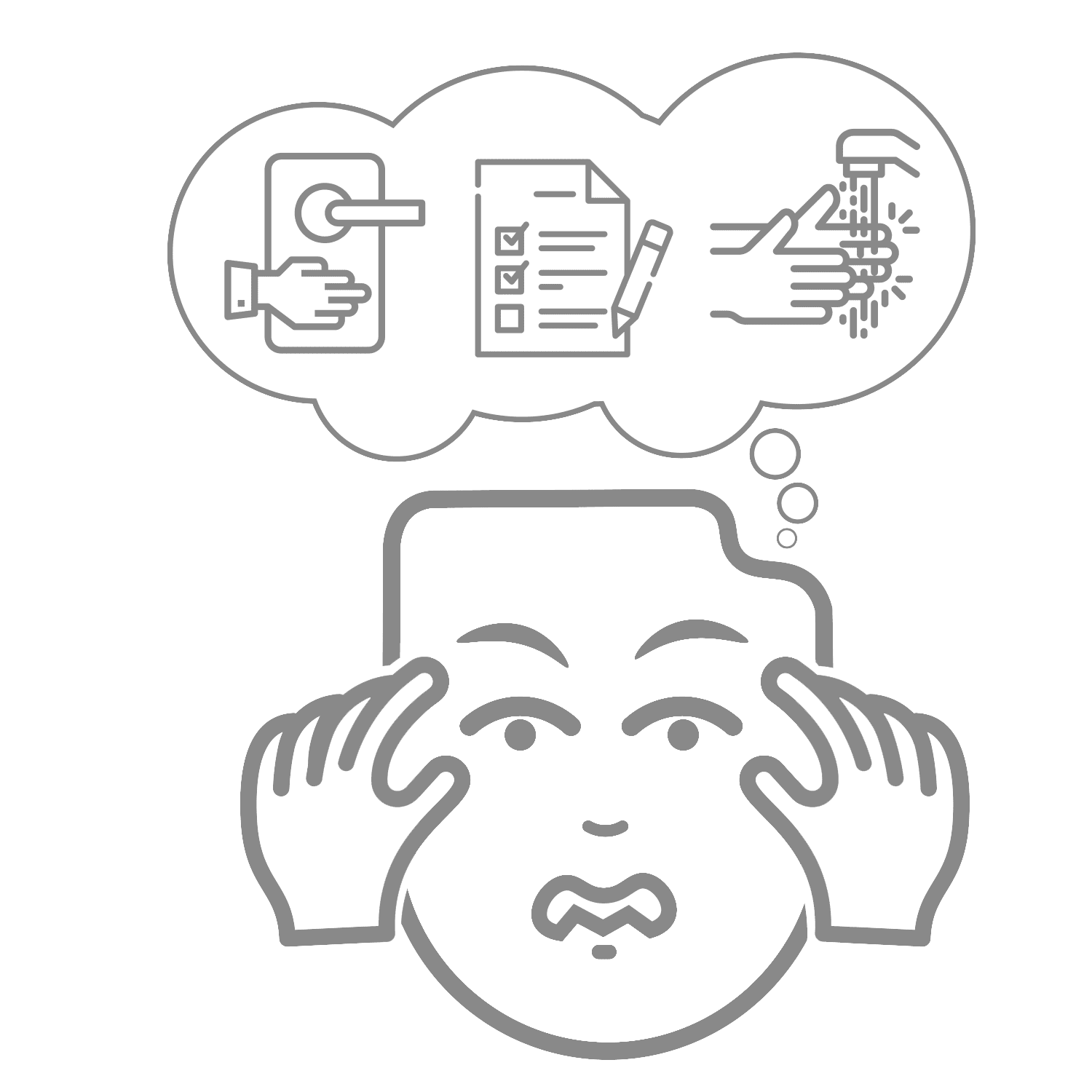OVERVIEW
Personality disorders are unhealthy patterns of thought, emotion, and behavior that are established in an individual and are in good harmony with the “self.” Since the individuals are in harmony with themselves, they mostly do not complain about themselves, and believe that others should change, not them.
Considering these fixed patterns of interaction with the environment, there was little hope for treatment in the past, and many therapists were reluctant to get involved in the treatment. Recent years have demonstrated that good treatments are available, especially for some personality disorders.
what is Borderline personality disorder?
The patient suffering from this type of disorder is on the verge of neuroticism and psychosis, which is characterized by instability of emotional state, mood, behavior, self-image, impulsiveness, self-mutilating behavior, identity problems and ambivalence.
Signs of Borderline personality disorder
- A rushing attempt to avoid real or imagined abandonment
- Unstable, exciting and passionate interpersonal relationships
- Confusion of identify (permanent and obvious instability of self-image and persons’ feelings about themselves)
- Frequent self-harm, to commit a suicide or gesture or threat of suicide
- Emotional instability
- Chronic feeling of emptiness
- Severe and disproportionate anger or having difficulty controlling anger
Epidemiology
- The lifetime prevalence in the general population is in the range of 1 to 2 percent.
- It is ½ times as common in men as in women.
- The prevalence of major depressive disorder, alcohol-related disorders, and substance abuse is higher in immediate families of the individuals confronting borderline personality disorder.





